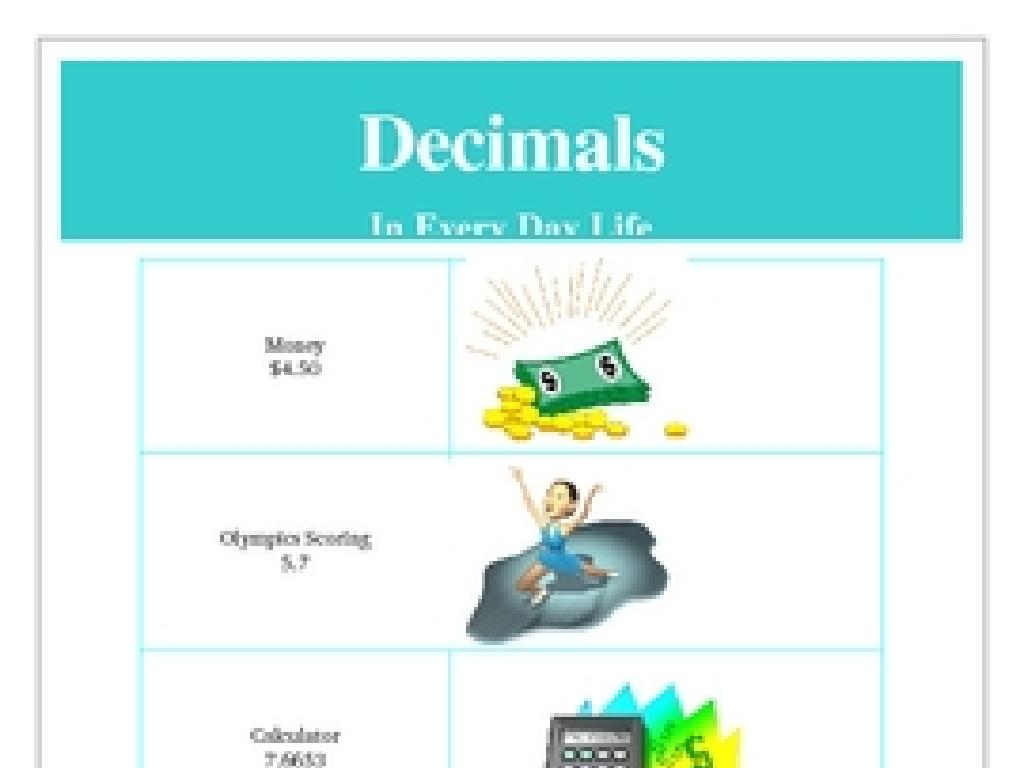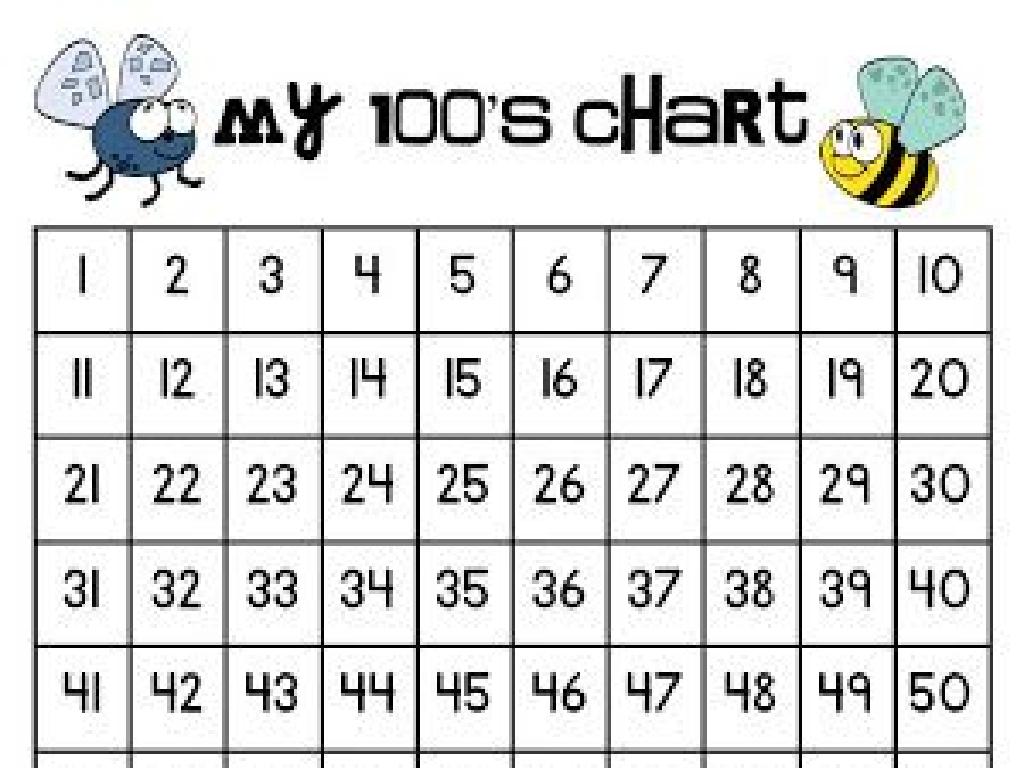Create And Use Supply And Demand Curves
Subject: Social studies
Grade: Sixth grade
Topic: Supply And Demand
Please LOG IN to download the presentation. Access is available to registered users only.
View More Content
Introduction to Supply and Demand
– Basics of a market economy
– A market is where buyers and sellers meet to exchange goods and services.
– Defining supply in economics
– Supply is how much of a product is available.
– Understanding demand
– Demand is how much of a product people want.
– Significance of supply and demand
– They determine prices and what is produced.
|
This slide introduces the foundational concepts of supply and demand, which are crucial for understanding how a market economy functions. Begin by explaining what a market is and the roles of buyers and sellers. Then, define supply as the amount of a product or service that is available to consumers, and demand as the desire of consumers to purchase goods and services. Emphasize the importance of supply and demand in determining the prices of goods and services and in deciding what and how much is produced in the economy. Use examples relevant to the students, such as the supply and demand for a popular toy or snack, to illustrate these concepts.
Understanding Supply in Economics
– Define the concept of Supply
– Supply is the amount of goods available for sale.
– Explore factors affecting Supply
– Price, production costs, and technology can change Supply.
– Real-world examples of Supply
– Local farmers’ market produce variety depending on season.
– How Supply impacts daily life
– When a new toy is released, its Supply can affect its availability and price.
|
This slide introduces the concept of Supply in the context of economics, tailored for a sixth-grade social studies class. Begin with a clear definition of Supply as the total amount of a product or service that is available for consumers to purchase. Discuss the various factors that can influence Supply, such as changes in cost, advancements in technology, or shifts in seller preference. Provide relatable examples, such as how the variety of fruits and vegetables at a local market can change with the seasons, illustrating how Supply can vary. Highlight the importance of understanding Supply by discussing how it can affect everyday decisions, like the availability and price of the latest toys or gadgets. Encourage students to think of other examples where they have noticed Supply influencing their choices or options.
Understanding Demand in Economics
– Define the concept of demand
– Demand is the desire to own something and the ability to pay for it.
– Explore factors influencing demand
– Price, income levels, and consumer preferences affect demand.
– Observe examples of demand
– Everyday demands: demand for ice cream on a hot day, demand for pencils at school.
– Discuss demand’s role in markets
|
This slide introduces the concept of demand, a fundamental element in the study of economics. Demand is not just about wanting something; it’s about having the willingness and the financial means to purchase it. Factors such as price changes, income variations, and shifts in consumer tastes can all influence demand. Use relatable examples to help students understand how demand works in everyday life, such as the increased demand for cold treats on a hot day or school supplies at the start of a new term. Highlight how understanding demand helps us analyze market behaviors and economic decisions.
The Law of Supply and Demand
– Interaction of Supply and Demand
– When supply equals demand, the market is in balance.
– Finding the Equilibrium Price
– The price at which quantity supplied equals quantity demanded.
– Lemonade Stand: A Real-life Example
– Running a stand teaches about pricing and customer demand.
– Drawing Supply and Demand Curves
|
This slide introduces the fundamental concept of supply and demand, which is the backbone of economics. Explain how the amount of goods available (supply) and the desire for them (demand) determine the price. The equilibrium price is where the supply of goods matches demand. Use a relatable example, such as a lemonade stand, to show how prices can change based on how many people want lemonade versus how much lemonade is available. Encourage students to think about how they would price their lemonade and what factors would make them increase or decrease their prices. Finally, demonstrate how to graphically represent these concepts using supply and demand curves, which will help students visualize the relationship between price, supply, and demand.
Creating a Supply Curve
– Plot price vs. quantity supplied
– On a graph, mark price on the y-axis and quantity on the x-axis.
– Learn why the curve slopes upward
– The curve rises as price increases, showing more goods are supplied at higher prices.
– Class activity: Draw a supply curve
– Use graph paper to plot points and connect them to form your curve.
|
This slide introduces the concept of a supply curve, which is a graphical representation of the relationship between the price of goods and the quantity of goods that a supplier is willing and able to supply. Start by explaining how to set up a graph with price on the vertical axis and quantity on the horizontal axis. Discuss the law of supply and why the supply curve typically has an upward slope, indicating that higher prices incentivize producers to supply more. For the activity, provide students with sample data to plot on graph paper and guide them in drawing their own supply curves. Encourage them to observe the shape and discuss what it indicates about the relationship between price and supply.
Creating a Demand Curve
– Plot price vs. quantity demanded
– Learn why the curve slopes down
– As price decreases, quantity demanded usually increases
– Class activity: Draw a demand curve
– Use graph paper to plot points and connect for a curve
– Understand demand curve importance
– Shows relationship between price and demand
|
In this slide, students will learn how to create a demand curve by plotting the relationship between the price of an item and the quantity demanded. Emphasize that typically, as the price of an item goes down, more people are willing to buy it, hence the downward slope of the demand curve. For the activity, provide students with graph paper and ask them to choose a product they like. They will then hypothesize how many units would be bought at different prices and plot these points to form a demand curve. This exercise will help them visualize how price affects consumer demand. Offer guidance on plotting points accurately and drawing a smooth curve through the points. Discuss the importance of the demand curve in understanding consumer behavior.
Supply and Demand Curves in Action
– Reading supply and demand curves
– Graphs show quantity of goods vs. price
– Shifts in curves affect the market
– Changes in trends or economy can shift curves
– Seasonal supply and demand case study
– Example: Ice cream demand goes up in summer
|
This slide introduces students to the practical aspects of supply and demand curves. Start by explaining how to interpret the axes of the graph, with price typically on the vertical axis and quantity on the horizontal. Discuss how shifts in the curves can indicate changes in the market, such as a new trend increasing demand or a rise in production costs affecting supply. Use a case study, like the demand for ice cream increasing during summer months, to illustrate how seasonal changes can impact supply and demand. Encourage students to think of other seasonal items and how their supply and demand might change throughout the year.
Class Activity: Market Simulation
– Divide into groups: Producers & Consumers
– Engage in a market role-play
– Create supply & demand curves
– Draw curves to visualize how much product is made and wanted
– Use curves to set prices
– Find where supply equals demand to determine fair prices
|
This interactive class activity is designed to help students understand the concepts of supply and demand through a hands-on market simulation. Begin by dividing the class into two groups representing producers and consumers. Producers will decide on a product to ‘sell’ and at what quantities, while consumers will have ‘money’ to spend. As the role-play unfolds, students will note the prices at which goods are sold and how many are bought. After the simulation, each group will create supply and demand curves on graph paper, using the data collected. They will then analyze the intersection point of the curves to understand how market equilibrium determines prices. Possible variations of the activity could include introducing competition among producers or budget constraints for consumers to simulate different market scenarios.
Conclusion: Understanding Supply & Demand
– Recap of supply and demand
– Insights from our activity
– How did the activity help us understand the market?
– Q&A session
– Ask any lingering questions about supply and demand
– Reflect on what we’ve learned
– Think about how supply and demand affect everyday life
|
This slide wraps up our lesson on supply and demand. Begin by summarizing the key concepts of how supply and demand curves illustrate the relationship between the price of goods and consumer behavior. Reflect on the class activity, discussing what the students learned about market equilibrium. Open the floor for a question and answer session to address any uncertainties or confusion. Encourage students to think about how supply and demand play a role in their daily experiences, such as the availability of products in stores or the pricing of their favorite snacks. This reflection will help solidify their understanding and see the relevance of these concepts in the real world.






